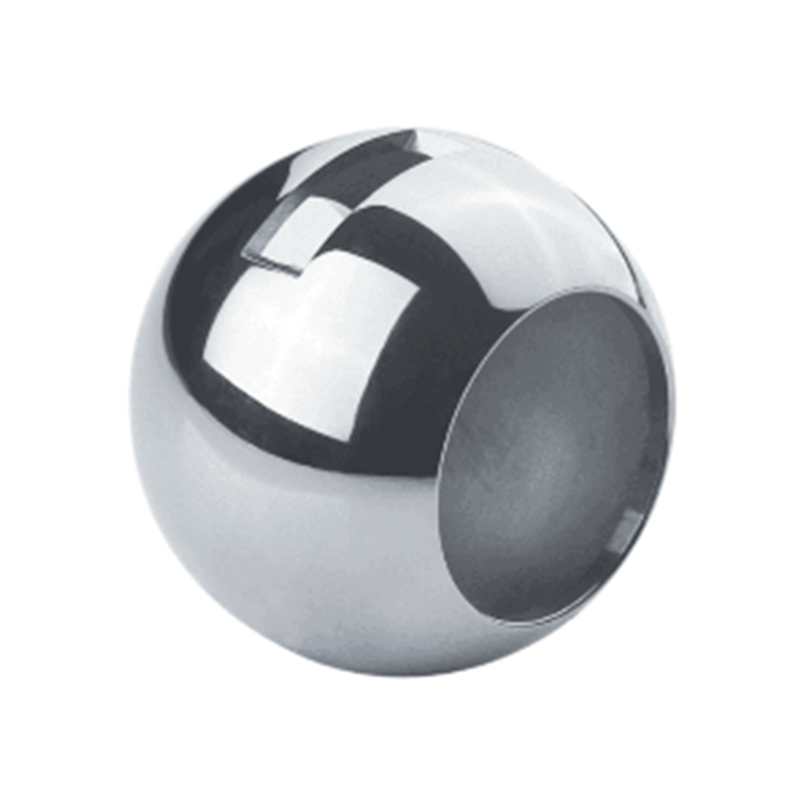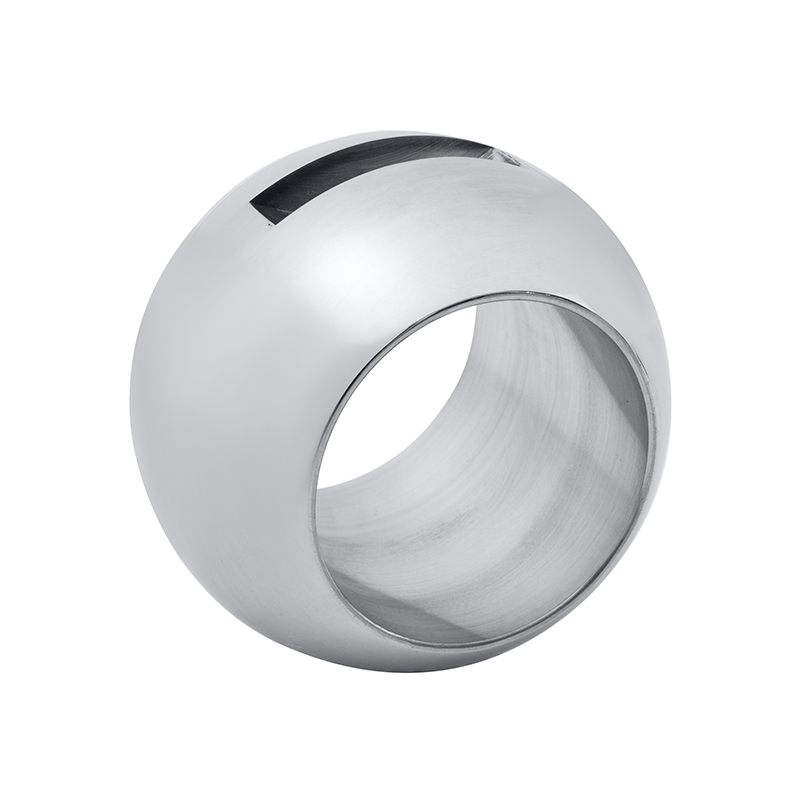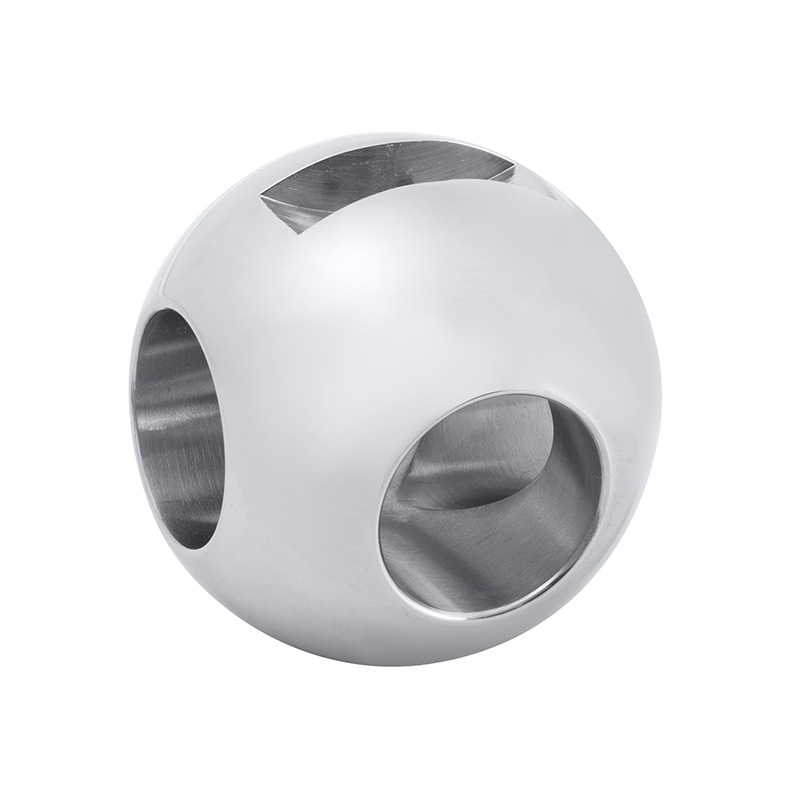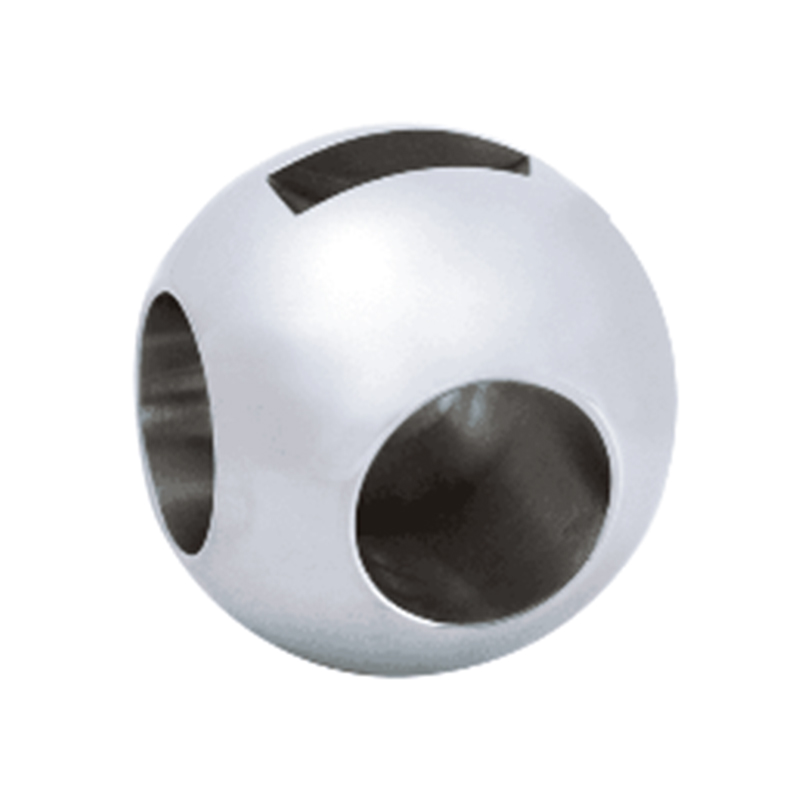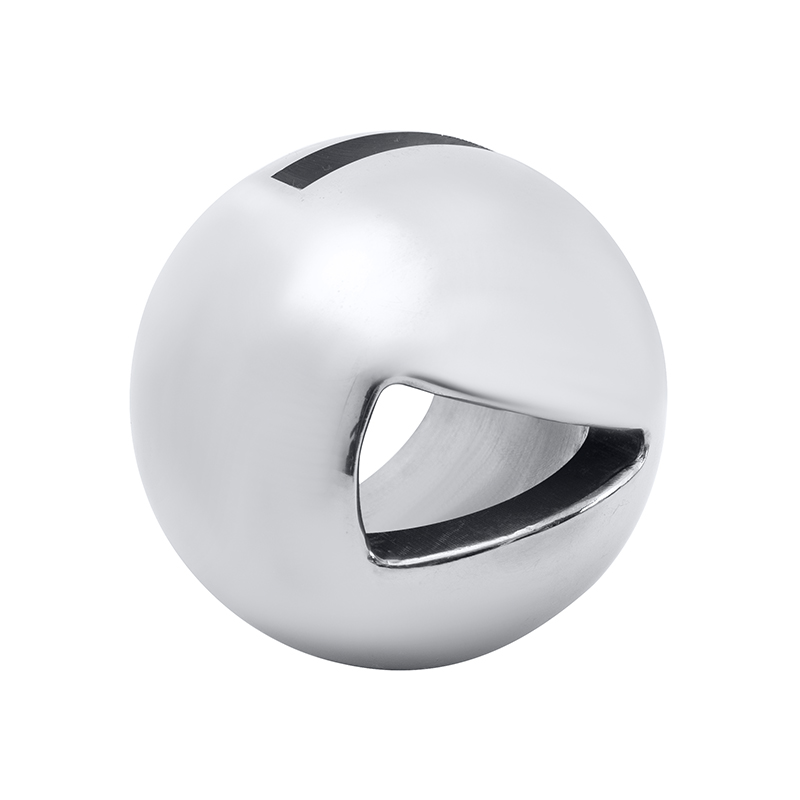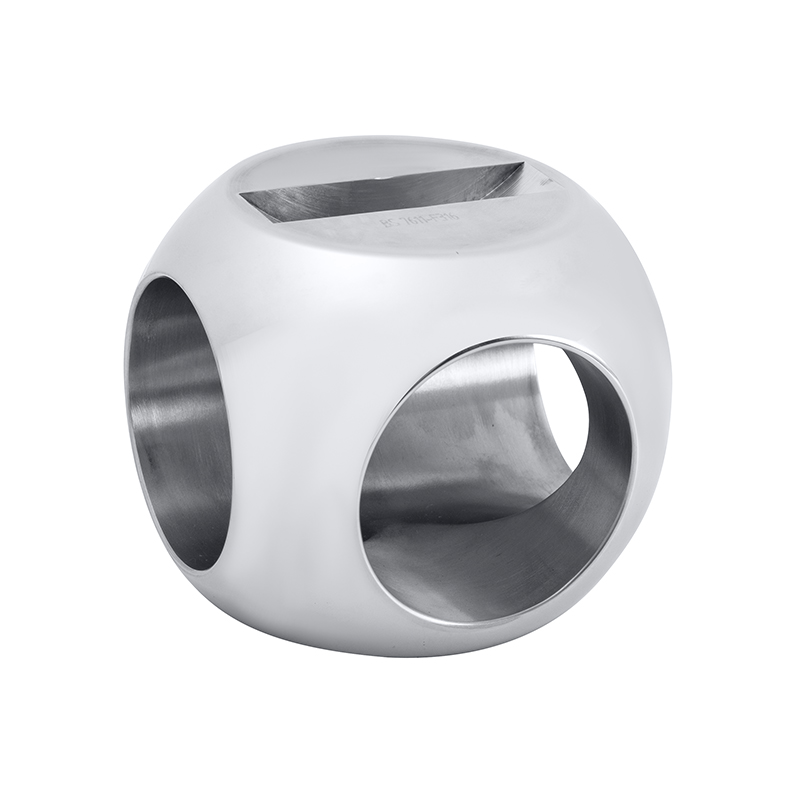In recent years, the field of fluid control has witnessed significant advancements, particularly in the design and functionality of ball valves. The Ball Valve remains a crucial component in many industrial and commercial systems, offering reliable control over fluid flow. Recent innovations have focused on improving efficiency, durability, and versatility, making ball valves more adaptable to a variety of applications.

One key area of development involves the Valve Sphere, which plays a central role in the operation of the ball valve. The Valve Sphere is responsible for opening and closing the flow path, and innovations in its materials and construction have enhanced its performance. Modern Valve Spheres are now designed to resist corrosion and wear, extending the lifespan of the valve and reducing maintenance needs. These improvements allow ball valves to function effectively under harsher conditions, including exposure to aggressive chemicals or high temperatures.
Another important innovation is found in the fixed ball valve design. Fixed ball valves provide a stable configuration where the ball remains securely positioned within the valve body. This design reduces the potential for leakage and improves sealing reliability. Fixed ball valves have become preferred choices in systems that require consistent shutoff and small maintenance. Their straightforward operation and durability make them suitable for both simple and complex piping arrangements.
The introduction of the 3 way t valve has also contributed to enhanced fluid control capabilities. Unlike traditional ball valves that allow flow in one direction, the 3 way t valve provides multiple flow paths, enabling more complex routing of fluids. This valve design is especially useful in systems that require diversion, mixing, or selection between different fluid sources. The 3 way t valve integrates seamlessly with existing piping systems and provides greater flexibility in managing fluid flow without needing multiple separate valves.
Materials used in the construction of ball valves and valve spheres have also seen notable advancements. Engineers have incorporated specialized alloys and coatings to improve resistance to corrosion and abrasion. These material enhancements not only increase the valve's service life but also allow ball valves to perform reliably in diverse industries such as chemical processing, oil and gas, water treatment, and food production. The enhanced durability of the Valve Sphere plays a significant role in ensuring consistent sealing and smooth operation.
Moreover, the design improvements extend to the internal mechanics of the fixed ball valve. Modern fixed ball valves incorporate features that reduce friction and improve the precision of flow control. These enhancements contribute to better responsiveness when opening or closing the valve, allowing operators to achieve more accurate adjustments in fluid flow. Such precision is important in processes that demand strict control over flow rates or pressure.
The 3 way t valve's design also continues to evolve, with new configurations tailored for specific applications. Some models feature actuators that allow remote operation, providing convenience and safety in environments where manual control is challenging. This adaptability enhances the usefulness of the 3 way t valve in automated systems, expanding its role beyond traditional manual valve applications.
Installation and maintenance of ball valves have benefited from design changes as well. Innovations have led to simplified assembly processes, making it easier for technicians to install and service ball valves in various systems. The improved accessibility to the Valve Sphere and related components reduces downtime during maintenance, which is critical in industrial operations where continuous fluid control is necessary.
In summary, ongoing innovations in ball valve design have significantly improved fluid control across many sectors. The advancements in Valve Sphere materials and construction enhance durability and reliability. Fixed ball valve designs contribute to consistent sealing and operational stability, while the 3 way t valve adds versatility by offering multiple flow paths in a single valve. Together, these developments make ball valves an increasingly effective solution for managing fluid flow in diverse and demanding environments.

 English
English Español
Español Deutsch
Deutsch
